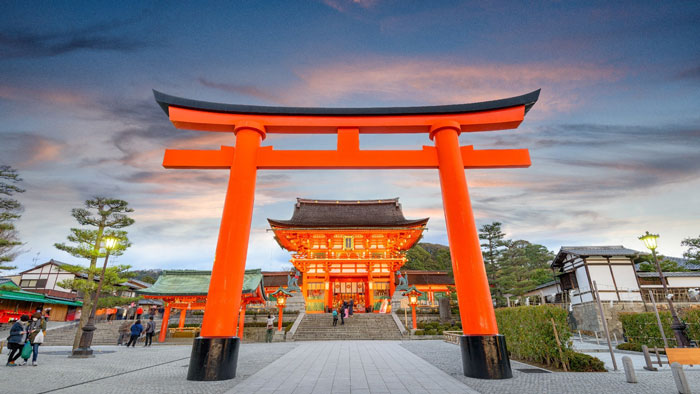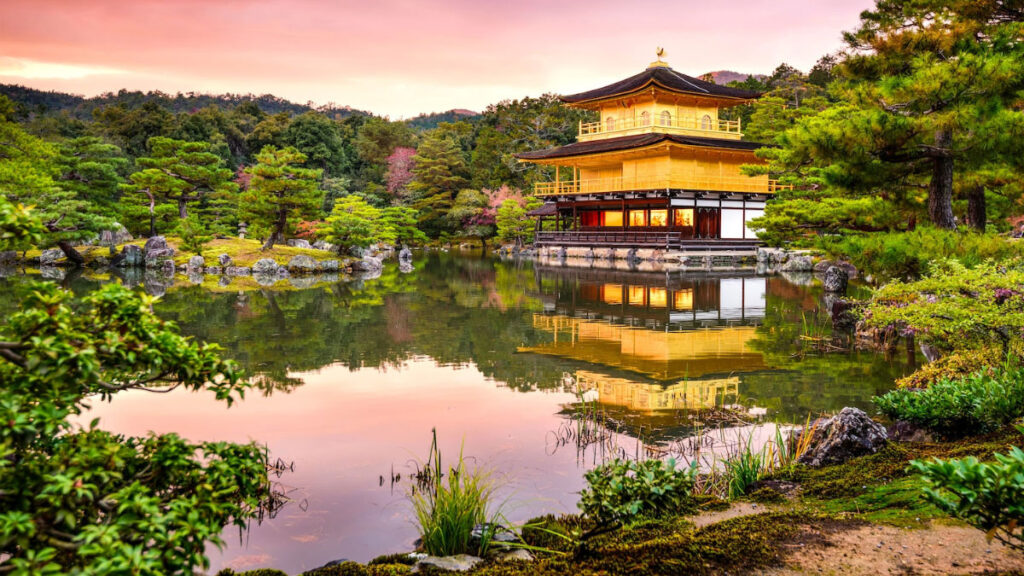Planning a quick getaway to Kyoto? This enchanting city, with its blend of ancient traditions and modern charm, promises a captivating experience even if you have just 48 hours. Kyoto, once the capital of Japan, is renowned for its stunning temples, serene gardens, and vibrant cultural scene. It’s a place where every corner tells a story, and every street invites exploration.
In just two days, you can immerse yourself in Kyoto’s unique atmosphere, savor its culinary delights, and uncover its historical treasures. Whether you’re wandering through bamboo groves in Arashiyama or marveling at the iconic Kinkaku-ji, Kyoto offers a rich world of experiences. This itinerary will help you make the most of your short visit, ensuring you catch the city’s highlights without feeling rushed. Get ready to begin on a journey that blends the past and present in one of Japan’s most beloved destinations.
Key Takeaways
- Experience Kyoto’s rich cultural and historical legacy even within just two days, making the most of its renowned attractions and unique activities.
- Begin your journey at iconic landmarks like Fushimi Inari Shrine and Tofuku-ji Temple, capturing the essence of Kyoto’s spiritual and architectural heritage.
- Immerse yourself in the traditional culture of Kyoto’s Gion District and the historic streets of Ninenzaka and Sannenzaka, offering authentic glimpses into geisha culture and Japanese craftsmanship.
- Delight in Kyoto’s culinary offerings, from exploring the vibrant Nishiki Market to savoring a refined Kaiseki dinner, highlighting the artistry of Japanese cuisine.
- Embrace the tranquility of nature at Arashiyama Bamboo Grove and the breathtaking Kinkaku-ji, ensuring a serene start to your second day in Kyoto.
- Discover Kyoto’s historical treasures such as Nijo Castle and the Kyoto Imperial Palace, enriching your understanding of the city’s imperial past.
- Conclude your visit with shopping at Kyoto Station and reflecting in a traditional tea house, offering a quintessential taste of Kyoto’s contemporary and traditional appeal.
Arriving in Kyoto: Day 1 Morning
Your adventure begins in the historic city of Kyoto, where timeless beauty meets rich cultural heritage. Let’s jump into the details of your first morning in this captivating destination.
Exploring Fushimi Inari Shrine
Start your day at one of Kyoto’s most iconic landmarks—Fushimi Inari Taisha. Arrive before 8 AM to experience the tranquil atmosphere and avoid the tourist rush. Famous for its thousands of striking vermilion torii gates, this shrine offers a stunning pathway that leads up Mount Inari. The full hike spans about 4 kilometers and takes about 2-3 hours. But, even a 30-40 minute walk up to the Yotsutsuji Intersection rewards you with fantastic views and perfect photo spots.

Discovering Tofuku-ji Temple
After immersing yourself in the mesmerizing beauty of Fushimi Inari, make your way to Tofuku-ji Temple. Hop on a train from Inari Station to Tofukuji Station—it’s a quick 10-15 minute ride. Tofuku-ji is celebrated for its exquisite gardens and remarkable Japanese architecture. This temple is especially captivating during the fall when the autumn foliage transforms the world into a vibrant palette. Yet, its serene charm resonates in every season, providing a peaceful retreat from the bustle of the city.
Experiencing Kyoto’s Culture: Day 1 Afternoon
